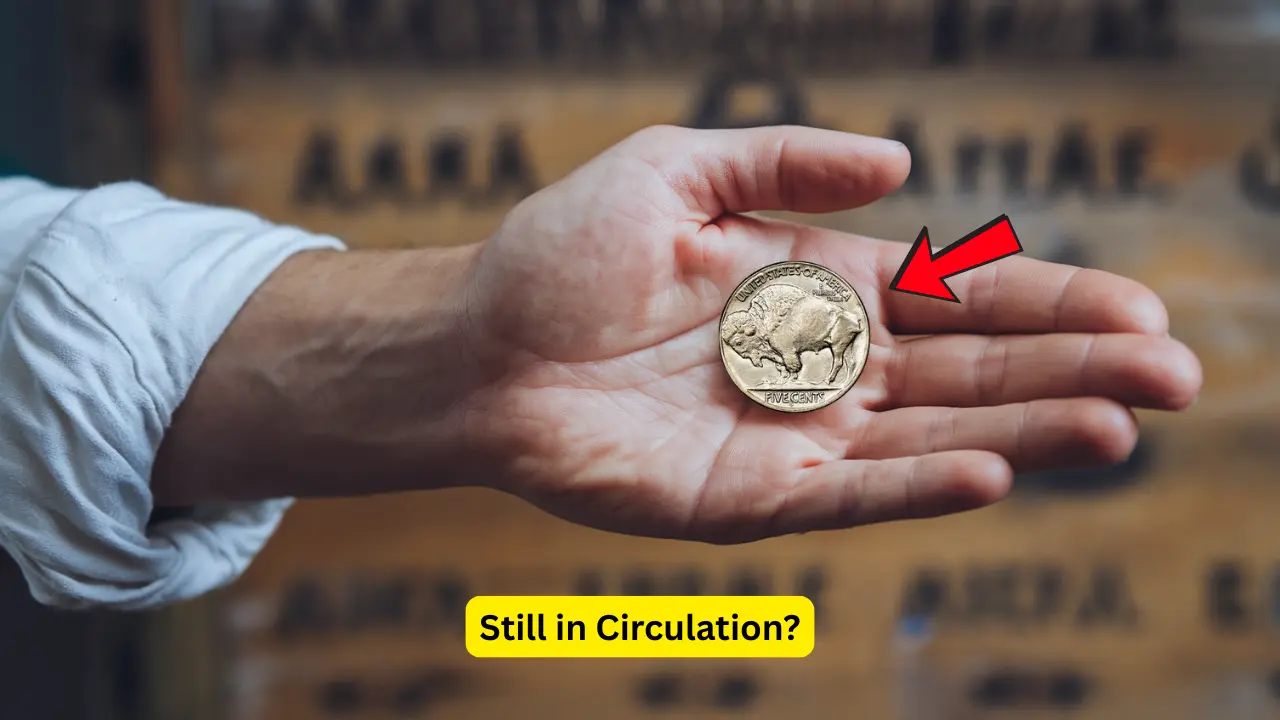In an unexpected twist for collectors and everyday Americans alike, a version of the Buffalo Nickel — one of the most iconic coins in U.S. history — has reportedly been valued at a jaw-dropping $601K million.
Even more surprising, experts believe some rare examples could still be quietly circulating among common pocket change today.
A Piece of American History
The Buffalo Nickel, officially known as the Indian Head Nickel, was minted from 1913 to 1938. Designed by James Earle Fraser, the coin captures the spirit of early America with its powerful imagery — a Native American chief on one side and an American bison on the other. It was introduced during a period when the U.S. Mint aimed to create coins that reflected uniquely American themes rather than classical European designs.
Over the decades, the Buffalo Nickel has become a beloved piece of numismatic history. While most are modestly valued by collectors, certain rare errors and limited editions have sparked astonishing auction prices. Now, new buzz surrounds a handful of these coins, particularly specimens in near-perfect condition or featuring rare minting errors.
Why This Buffalo Nickel Is Worth So Much
Experts point to a few reasons behind the extraordinary valuation:
- Condition: Coins graded as “Mint State” by professional grading services fetch significantly higher prices. The more pristine the condition, the more a Buffalo Nickel can be worth.
- Rare Errors: Specific mint errors, such as doubled dies, misstrikes, or the famous “three-legged buffalo” variety, command premium values.
- Historical Significance: Buffalo Nickels are seen as cultural treasures that represent a bygone era of American history, boosting their desirability among serious collectors.
While $601K million may seem astronomical, it often reflects the combined influence of extreme rarity, demand, and historic significance.
Still Hidden in Plain Sight?
What has sparked even greater public curiosity is the idea that some of these high-value Buffalo Nickels might still be hiding in everyday circulation. Because millions of these coins were minted during their production years, it’s plausible that a rare survivor or two could have been overlooked for decades.
Imagine finding a coin worth hundreds of millions of dollars tucked inside a forgotten piggy bank, jam jar, or coin collection inherited from a grandparent. It’s a thrilling possibility fueling a mini-resurgence in people carefully inspecting their pocket change.
Key Features to Look For
For anyone hoping to spot a valuable Buffalo Nickel, experts recommend keeping an eye out for:
- Date and Mint Mark: Key dates like 1913 (Type 1) or coins minted in San Francisco and Denver often carry higher values.
- Error Details: Look for features like missing legs on the buffalo, unusual die marks, or odd textures.
- Condition: Even if a Buffalo Nickel is old, a sharp, clear design can make it extremely valuable.
Still, identifying a multi-million dollar coin typically requires professional grading and authentication.
The Growing Fascination with Rare Coins
This news comes at a time when rare coins are experiencing a surge in popularity across the United States. With economic uncertainties pushing investors toward tangible assets, collectible coins — especially ones with historical importance — are becoming hot commodities.
In recent months, stories of everyday Americans discovering treasure in their junk drawers or coin jars have captured national attention. The Buffalo Nickel’s new staggering valuation only adds more fuel to this growing fascination.
Also Read:- He Found Coin in His Son’s Toy Garage — It changed his life
Final Thoughts
Finding a Buffalo Nickel valued at $601K million may sound like something out of a movie, but the world of numismatics is full of surprises. Whether you’re a seasoned collector or someone who’s never given much thought to the coins in your pocket, now might be the perfect time to take a closer look.
After all, history has a funny way of hiding in the most unexpected places — sometimes even in the loose change rattling at the bottom of your purse.
